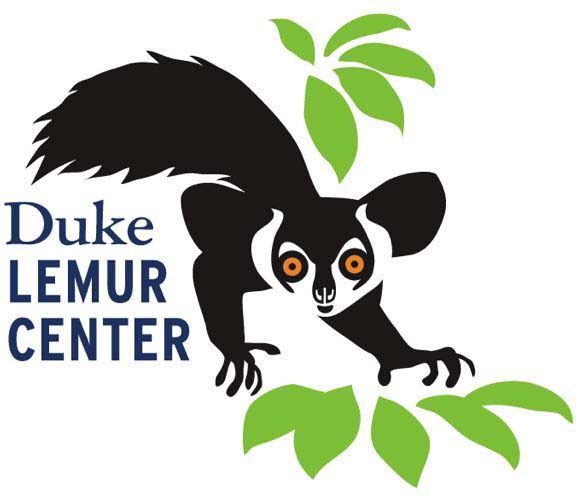December 14, 2012 — On December 18, 2012, 8PM EST, Dr. Erik Patel, DLC SAVA Conservation Director, will take viewers on an incredible trek through the dense, humid rainforests of Madagascar in search of one of the most critically endangered lemurs, the silky sifaka, as the last installment of Animal Planet’s series Frontier Earth. In Madagascar, Lemurs and Spies, Erik and his skilled team of foreign and Malagasy scientists and conservation agents journey through the nearly impassable terrain of Madagascar’s northeastern rainforests looking for these amazing lemurs. As famed narrator Sir David Attenborough explains, silky sifakas only inhabit this small region of Madagascar, and their populations have diminished to less than 2000 individuals. Erik and his team of researchers and conservation agents primarily study the silky sifaka in Marojejy National Park where the terrain is slick and steep. Their work includes following groups of sifakas wherever they go – and jumping tree-to-tree is much easier for a lemur than climbing up and down Marojejy’s treacherous slopes is for Erik and his team.
For those familiar with the Duke Lemur Center, you may recognize one of our own. Veterinarian Dr. Bobby Schopler traveled to Madagascar to lend his skills to the research team collecting biological samples, weights and measurements.
With silky sifaka populations staggeringly low, Erik also works to protect them, often at great risk. In 2009, the silky’s home in Marojejy National Park came under attack from groups of loggers illegally entering the park to harvest precious woods like rosewood and ebony. “I returned just a few months after the chaos began and I was horrified by the scale of the damage,” Erik explained. “Thank goodness Marojejy has been calm for over 18 months now although Masoala and Mananara-Nord National Parks remain hot-beds of illegal activity.” Several protected areas in northeast Madagascar still face similar threats. These highly prized woods have deep, rich colors that bring high prices in the underground timber trade. When political crisis hit Madagascar, these timber grabbing thieves began stripping the forests: not only cutting the most precious hardwoods but also hunting lemurs for food and cutting up to 20 additional trees to float precious logs to down-river stockpiles.
To stop the illegal harvest, Erik teamed up with the Environmental Investigation Agency (EIA). The documentary follows Sascha Von Bismark and other undercover agents with the EIA in Washington, DC, who visited and filmed the logging crisis in Madagascar. Agents saw rosewood pre-cut for guitar fingerboards, forest camps where loggers cut and prepared wood for shipment, and even met with Malagasy timber barons. The EIA used this information to bring evidence against the Gibson Guitar company in violation of the US Lacey Act for importing illegal hardwoods. Gibson recently settled all charges with the US Department of Justice, paying large fines and officially admitting guilt in knowingly purchasing illegally logged wood within Madagascar’s national parks.
Demand for rosewood and ebony, mostly from China (but also from connoisseurs of fine guitars much closer to home),coupled with Madagascar’s political crisis, has been decimating Madagascar’s irreplaceable forests, bringing critically endangered lemurs one step closer to extinction. Madagascar, Lemurs and Spies reminds us of the impact that international desire for precious things can have on even the remotest corners of the globe, but also highlights the positive impact one or two dedicated individuals can have in halting the madness.
This film recently won several awards at the International Wildlife Film Festival in Missoula, Montana including “Best in category of conservation, Best conservation message, and Merit for cinematography.”
Be sure to watch Madagascar, Lemurs and Spies on Animal Planet on Tuesday, December 18 at 8:00PM EST.
Join in the conversation! DLC Conservation Coordinator Charlie Welch and Education Specialist Chris Smith will be live tweeting during the show from @DukeLemurCenter using the hashtag #savelemurs. Bring us your questions, comments and favorite moments, just make sure to tag your tweets with #savelemurs!

